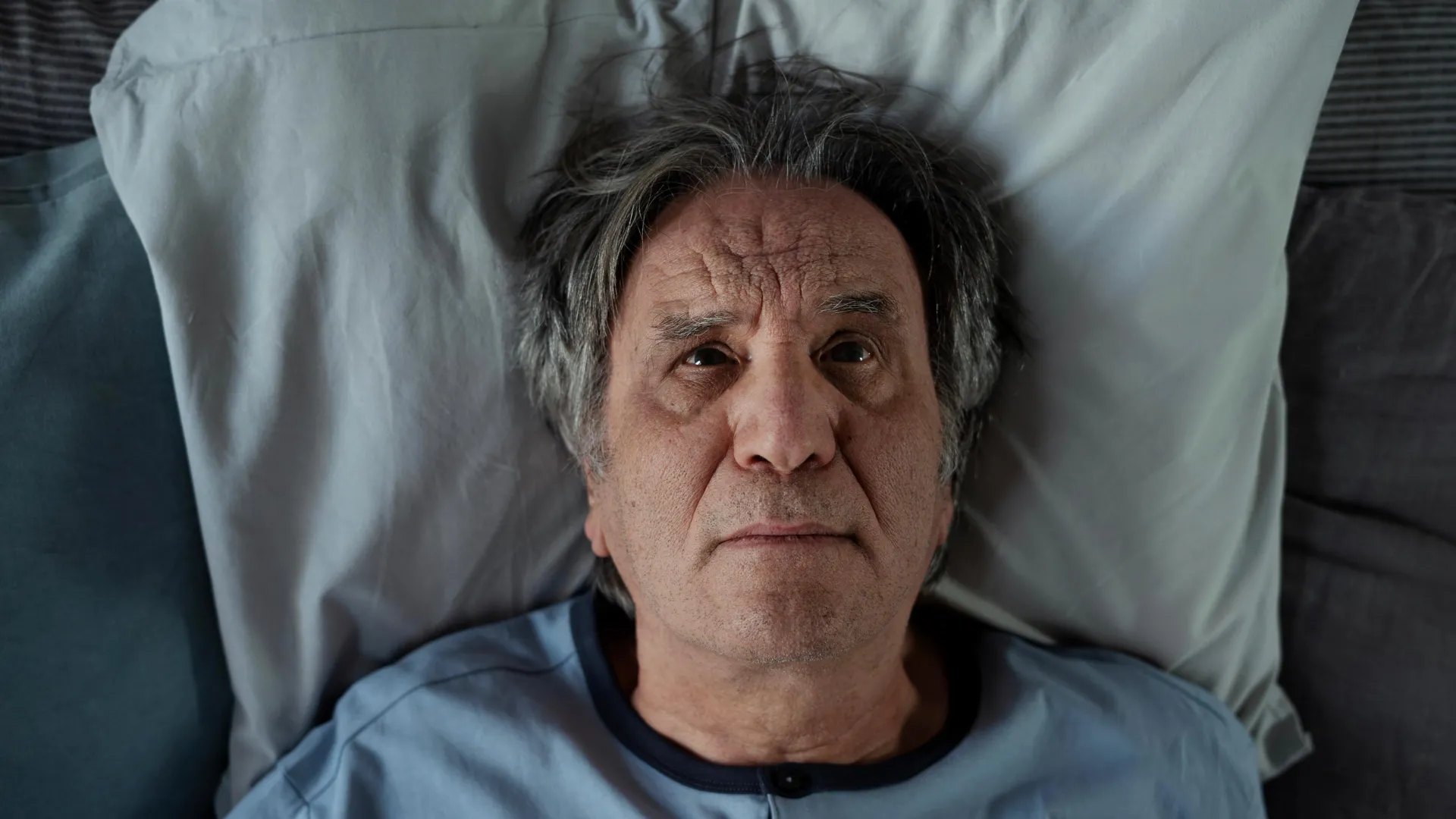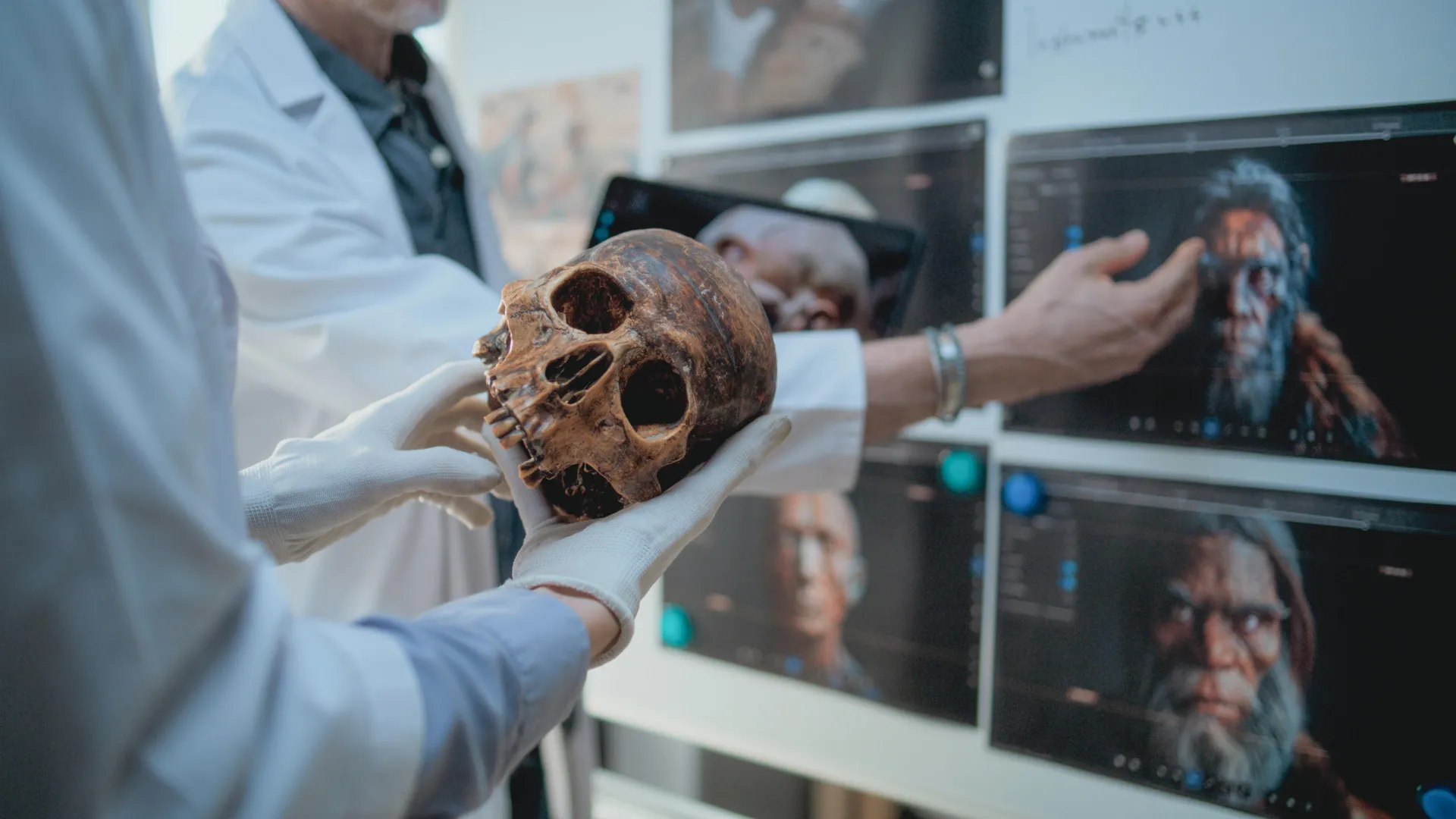Now Reading: How Your Brain Works at Night to Burn Fat and Balance Sugar Levels
-
01
How Your Brain Works at Night to Burn Fat and Balance Sugar Levels
How Your Brain Works at Night to Burn Fat and Balance Sugar Levels

### Rapid Summary
– Researchers at the University of Michigan have identified a population of neurons in the hypothalamus that regulate blood glucose levels during routine circumstances.
– The study,published in *Molecular Metabolism*,focused on VMHCckbr neurons,which contain cholecystokinin b receptors.
– These neurons help prevent hypoglycemia overnight by directing the body to burn fat through lipolysis, producing glycerol for sugar synthesis.
– Mouse models revealed that activating VMHCckbr neurons led to increased glycerol levels in their bodies.
– Overactivity of these neurons may explain nighttime increases in lipolysis observed in prediabetic patients and higher sugar levels.
– Findings suggest glucose regulation involves multiple types of neurons working together under different conditions like fasting, feeding, and stress.
– Continued research is underway on how brain-neuron coordination impacts metabolic control involving organs such as the liver and pancreas.
### Indian Opinion Analysis
This study underscores advancements in understanding diabetes and its neuro-metabolic mechanisms. By identifying specific neuronal roles during everyday situations rather than emergencies alone, it paves the way for more nuanced treatments. Overactivity of certain neuronal populations could inform strategies to manage complications like nighttime hyperglycemia–an issue relevant for India given its growing diabetic population.
These findings also point toward broader implications for precision medicine globally-tailoring interventions based on neuron-specific activities during routine conditions versus high-stress states. Greater collaboration between neuroscience and endocrinology could enhance diagnostic models tailored uniquely to both individual patients’ needs and regional genetic predispositions, offering methods grounded firmly in evidence-based science.
[Read more](https://www.sciencedaily.com/releases/2025/08/250824031536.htm)




























